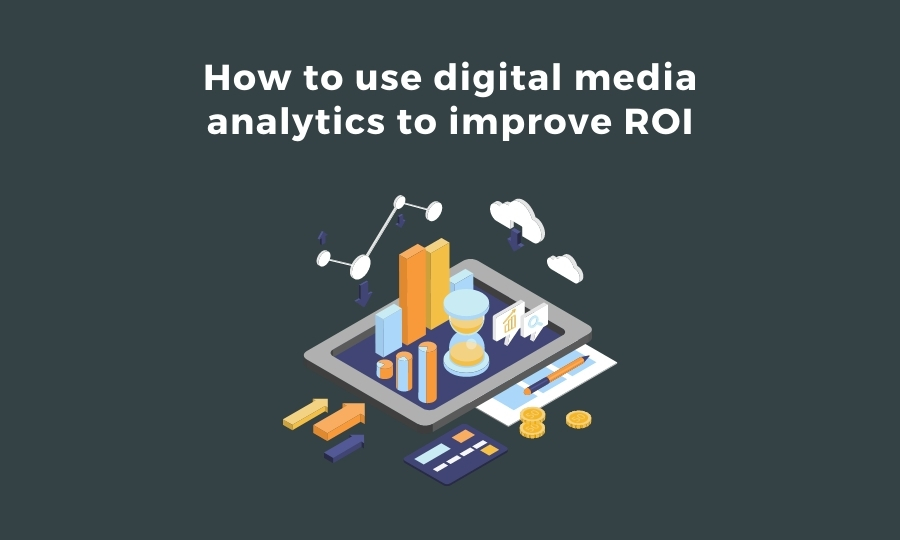Digital media, otherwise known as ‘content’, can be created, seen, modified, and shared online. Examples of digital media formats include podcasts, video games, videos, websites, social media, and online advertising.
By using digital media analysis software, you have the ability to observe, report, and improve your digital media campaigns. You obtain insight into what content performs well, where you’re reaching people, which channels have the best engagement, and what your audience’s conversion journey is. If you’re able to figure out how to use this intelligence to your advantage, the chances of improving your ROI will be significantly higher than without it.
There are tons of digital media reporting dashboards available – if you’re unsure what you need, read this.
Now, before you can assess if parts of your campaign are or aren’t working, you’ll first need to determine what success looks like and how you’ll validate progress.
Setting goals and KPIs
You can’t do digital media analysis without having a measurement framework to validate your performance.
So, what is a content goal? Put in the simplest terms, it’s what business outcome you want to achieve with your digital media.
Digital media should take a potential customer from one stage to another, in other words, move your audience further and further down the funnel, or retain them. It should make an impact. And if it does, it’s done its job.
Here’s a simple template (copy the Google Slides here) to play around with – think of it as a thought experiment for your content.
I am using content to persuade [describe customer] who is presently [their present state] to do [your goal].
Now that you’ve established a goal, it’s time to choose your KPIs.
KPI stands for Key Performance Indicator. A good KPI is quantitative, relevant, and easy to calculate.
They’re there to help you figure out what metrics you need to hit, to ensure that you reach your digital media goals. In other words, KPIs make up your measurement framework necessary to reach success.
What you want to do is find the numbers where you really want to move the needle and use those values as metrics that matter most.
Improving ROI with digital media analysis software
Nudge is a content marketing analytics platform, and we’ve concluded after running thousands of digital media campaigns, that improving ROI typically comes down to four pillars:
- People, ensuring you get enough people to see the content.
- Good content/digital media, ensuring your content performs well (easy to read, consume, and is useful).
- Consumption, are people consuming enough of your content? Or are they skimming it and leaving.
- Good distribution, if you’re buying clicks or promoting in the wrong places. You won’t get any impact.
There are no magic beans to success. However, a good analytics provider enables you to track, report, and improve on all these, and more, in real-time, which increases the likelihood of you increasing your ROI substantially.
Our Oppenheimer Case Study is a great real-life example.
1) They had a clear understanding of their business ROI.
2) They built a methodology to measure the impact against this ROI.
3) They then fed the data back into their data creation and distribution process.
4) This led to their best ever growth.
Treat this as your content checklist. If you’ve got this, then stack up all of your efforts and investments against it. You will be far ahead of the pack and far ahead of your competitors.

|
|---|



